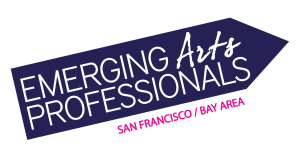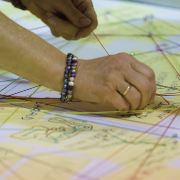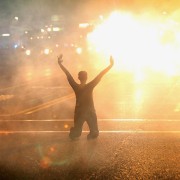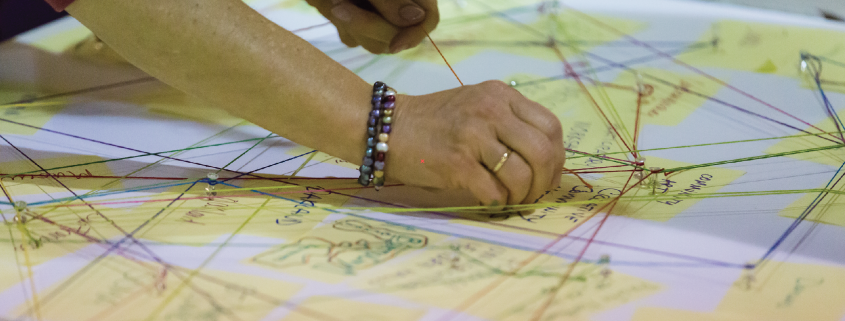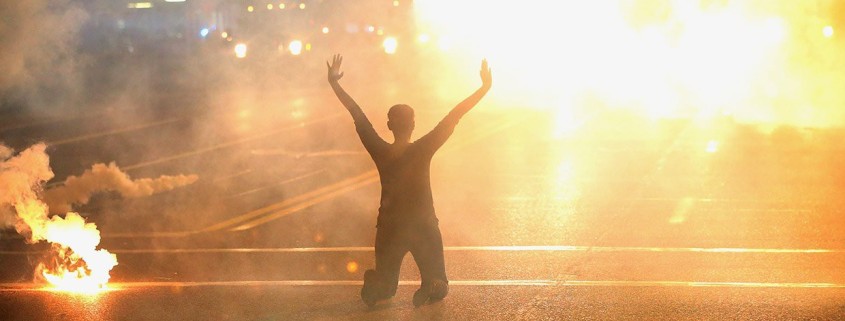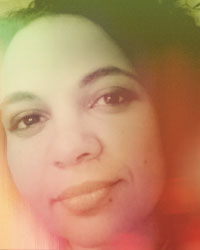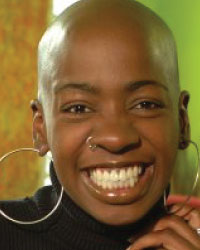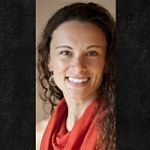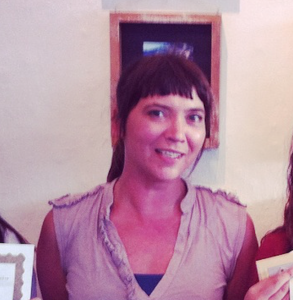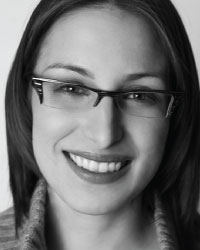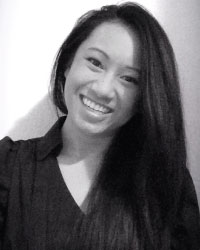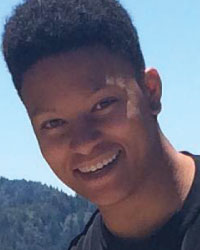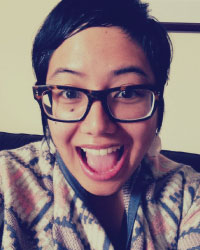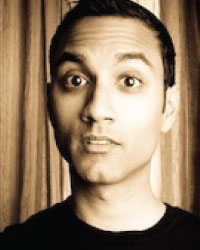Half Sized Blog Element (Single Author Style)
Half Sized Blog Element (Multi Author Style)
Collective Approaches – State of the Arts & Society – EMERGENCE 2015 – Morning Panel
Forum – 12:00pm Panelists: Rhiannon MacFadyen, Founder/Director of A Simple Collective Ashara Saran Ekundayo, Impact Hub Oakland, LLC , Co-Founder and Chief Creative Officer Omi Gallery, Director/Curator Julie Potter,Creative Ecosystems Senior Program Manager, YBCA Kristi Holohan is a member of Rock Paper Scissors, founder of Arts and Creative Expression (ACE Arts). How do we harness social, […]
Crossing Into Race and Privilege in the Arts – EMERGENCE 2015 – Afternoon Workshop
Youth Arts Lounge Room – 2:50pm Lead by Angela Anderson Guerrero, Lauren Benetua, Jay Marie Hill, Dorothy Santos and Manish Vaidya A conversation about diversity, identity and the ways that history, culture, public policy and institutional practices interact to impact the way we address race and privilege in our sector. The session will invite us all to […]
Collective Approaches – State of the Arts & Society – EMERGENCE 2015 – Morning Panel
Forum – 12:00pm Panelists: Rhiannon MacFadyen, Founder/Director of A Simple Collective Ashara Saran Ekundayo, Impact Hub Oakland, LLC , Co-Founder and Chief Creative Officer Omi Gallery, Director/Curator Julie Potter,Creative Ecosystems Senior Program Manager, YBCA Kristi Holohan is a member of Rock Paper Scissors, founder of Arts and Creative Expression (ACE Arts). How do we harness social, […]
Crossing Into Race and Privilege in the Arts – EMERGENCE 2015 – Afternoon Workshop
Youth Arts Lounge Room – 2:50pm Lead by Angela Anderson Guerrero, Lauren Benetua, Jay Marie Hill, Dorothy Santos and Manish Vaidya A conversation about diversity, identity and the ways that history, culture, public policy and institutional practices interact to impact the way we address race and privilege in our sector. The session will invite us all to […]
